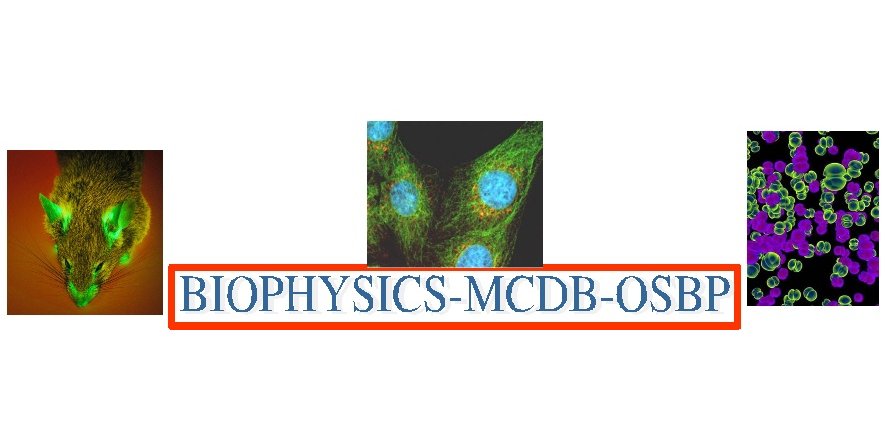Interdisciplinary Graduate Programs Symposium

2010 OSU Molecular Life Sciences
Interdisciplinary Graduate Programs Symposium

Poster abstracts
Abstract:
A tetrameric form of HIV-1 integrase (IN) stably associates with two viral DNA (vDNA) ends and catalyzes integration of the viral genome into the host chromosome, a process essential for retroviral replication. We and other groups have demonstrated that LEDGF also stabilizes a tetrameric form of IN. However, mass spectrometric footprinting experiments and functional assays suggest that IN tetramers formed in IN-vDNA and IN-LEDGF complexes are not identical. For example, mass spectrometric footprinting experiments have indicated that IN undergoes significant conformational change upon interactions with DNA substrates but not with LEDGF. Furthermore, the pre-assembled IN-LEDGF complex is active in 3’-processing and single-end integration reactions but fails to catalyze the biologically relevant concerted integration of both ends. In contrast, pre-incubation of IN with vDNA and subsequent addition of LEDGF ensures effective concerted integration. To compare IN tetrameric forms in the IN-DNA and IN-LEDGF complexes we employed protein-protein FRET. For this, we site-specifically labeled two different preparations of IN, one with donor and the other with acceptor fluorophore. The results indicate that the IN active sites are positioned significantly closer together in the IN-vDNA than the IN-LEDGF complex. We propose that IN forms “open” and “closed” conformations in IN-LEDGF and IN-vDNA complexes, respectively. In the “open” conformation, the two catalytic sites in the retroviral enzyme are separated by ~32 Å. This separation allows 3’-processing and single end strand transfer reactions but is defective for pair-wise integration. Our results indicate that assembly of free IN with vDNA enables correct positioning of the two IN catalytic sites ~15 Å apart from one another (the “closed” conformation) for effective concerted integration and that subsequent binding of LEDGF to this conformation does not significantly alter structural arrangements of individual IN monomers in the complex. These findings provide new and important insight into the structural organization of IN in the functional nucleoprotein complex and the sequence of events in for productive HIV-1 integration.
Keywords: HIV, FRET